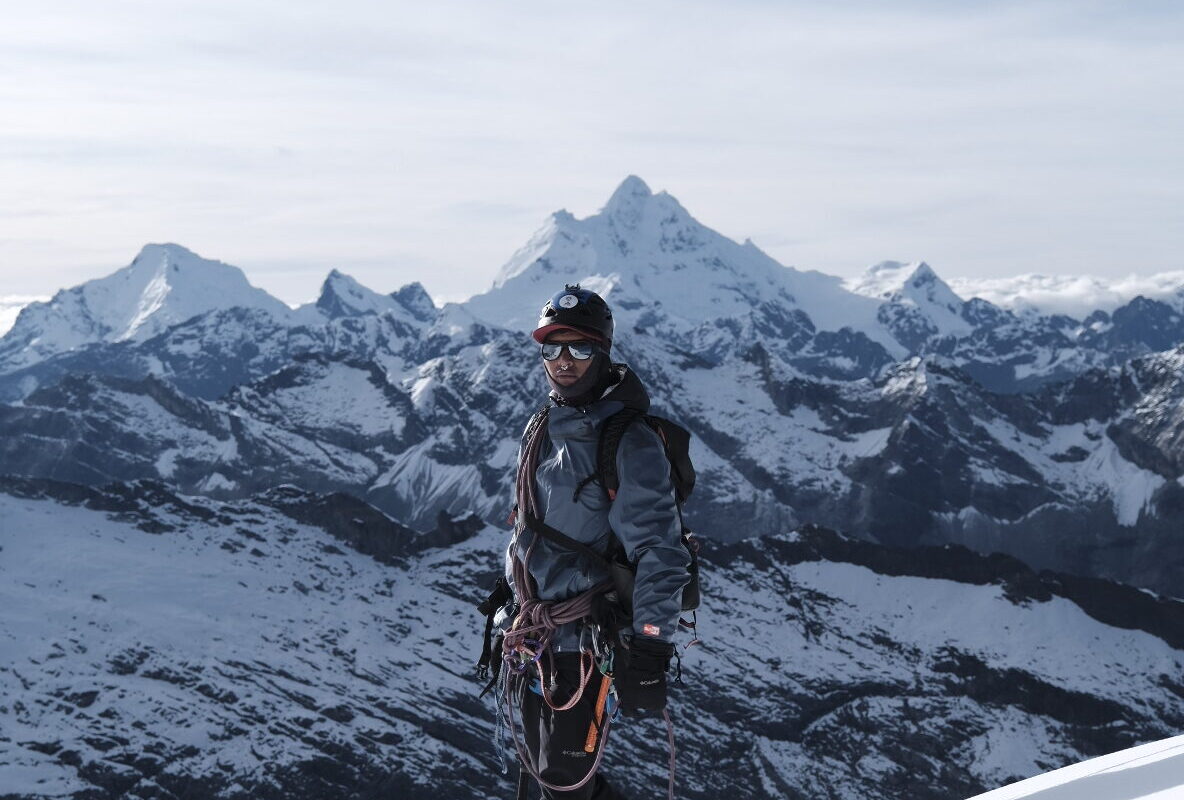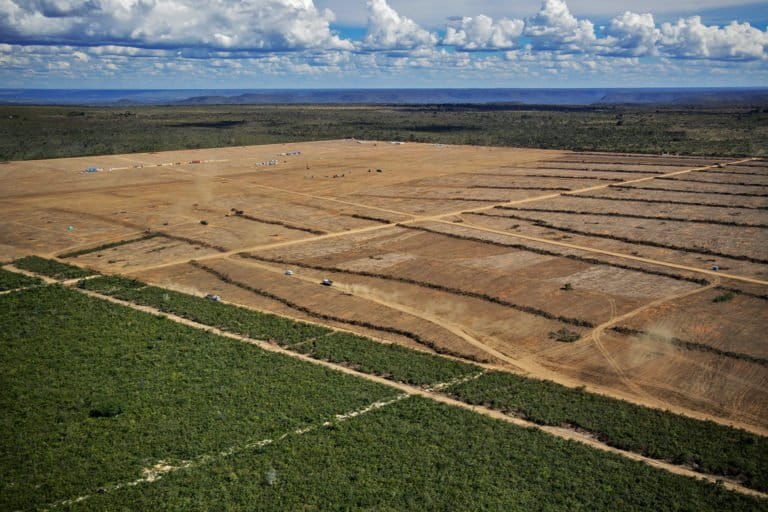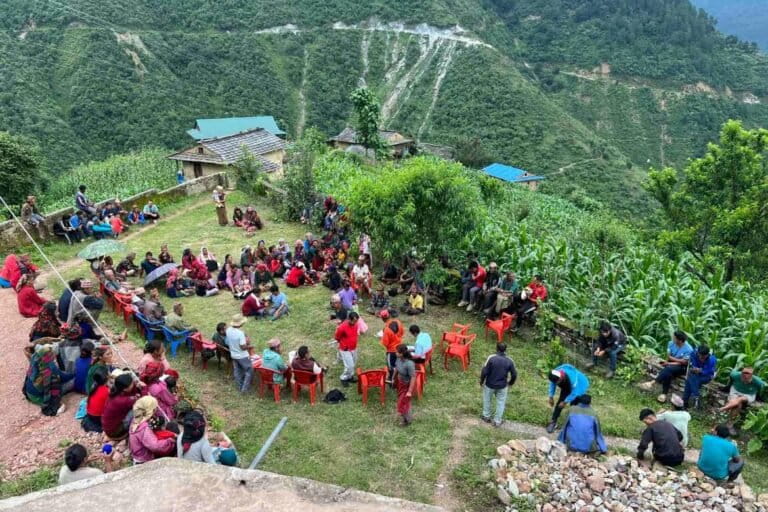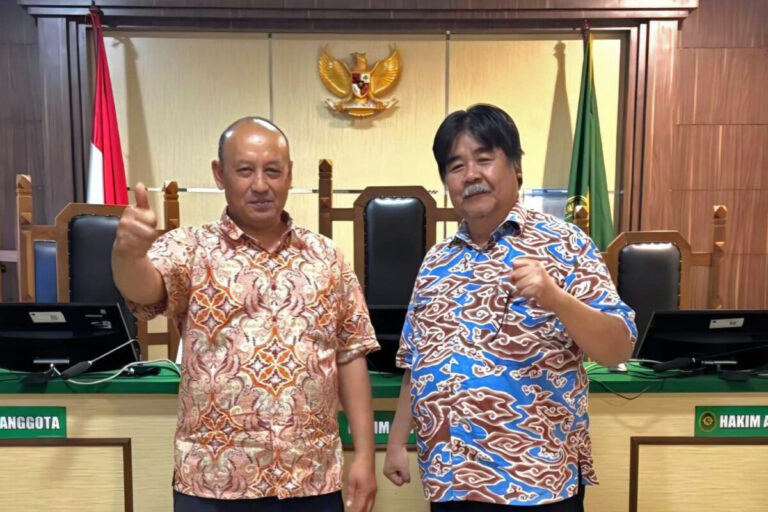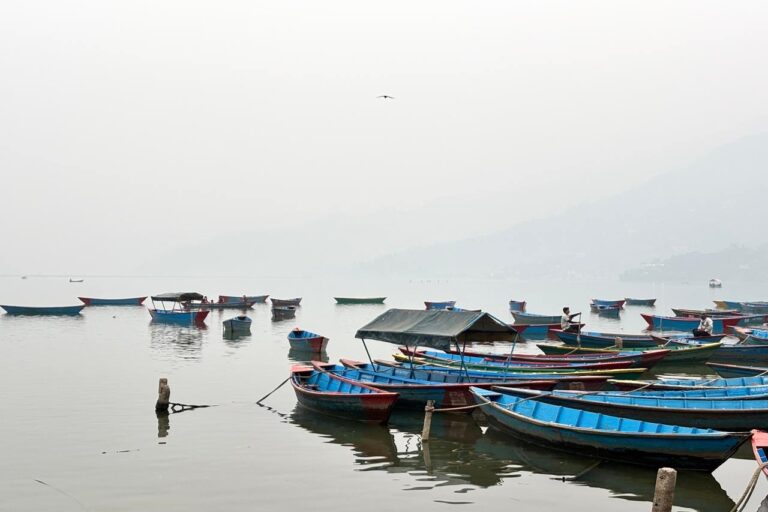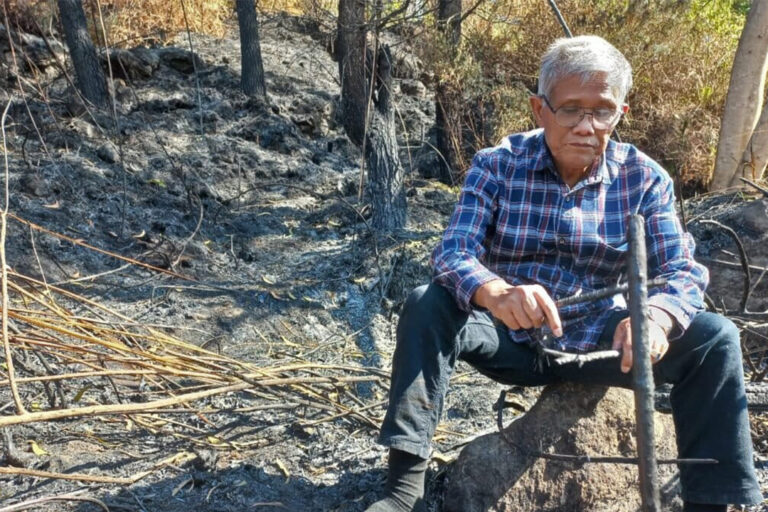- Wolverines range over immense territories in Washington’s Cascade Mountains, living in inaccessible mountainous terrain and deep snow, making population surveys difficult.
- Robert Long and his colleagues worked with a Microsoft engineer to develop a bear-proof, winter-hardened scent dispenser in the hopes of more accurately surveying the animals through the long Cascades winter.
- They succeeded: of the 24 super-tough lure devices left all winter long in the high mountains, wolverines were detected on more than half the camera traps.
- These long-term lure devices reduce the number of human visits needed to monitor the camera traps, allowing human scent to dissipate and increasing the likelihood of recording the reclusive animals. Camera traps are less invasive and require less time, effort and money than capture programs. They’re less stressful for the animals too.
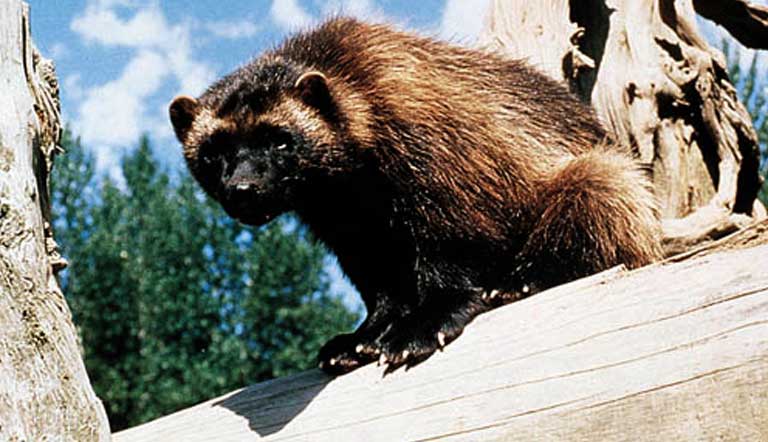
Almost everything about North American wolverines (Gulo gulo luscus) makes them hard to study. This reclusive mustelid — part of a carnivorous mammalian family that includes otters, badgers, weasels, martens, ferrets and minks — can traverse sprawling home ranges of up to 1,500 square kilometers (about 600 square miles) or more. In the continental US, wolverines often live at hard-to-reach elevations where the springtime snow stays deep enough for females to dig their dens within it.
It’s a lifestyle that’s threatened by the warming climate, with experts predicting losses of more than 30 percent of habitat and range over the next 30 years.
In 2014, the wolverine was on the brink of getting listed as threatened under the Endangered Species Act (ESA). Although the US Fish and Wildlife Service (USFWS) withdrew that proposal, the prospect of getting the wolverine listed at the time was enough to trigger new research in the US Pacific Northwest where the population appears to be making a recovery. (The wolverines’ fortune may change yet again: in 2016, the USFWS was court-ordered to reconsider the ESA listing withdrawal based on insufficient consideration of the threats posed by climate change and genetic isolation.)

“When listing seemed imminent, we needed survey methods that we were confident in,” explains Robert Long, senior conservation fellow at Woodland Park Zoo in Seattle, Washington. “It’s important to document how many animals there are, and where they occur. But when we don’t detect an animal, it is also important to have confidence the animal really isn’t there.”
Long and his colleagues launched an extensive wolverine study in Washington state’s rugged Northern Cascades mountain range. To photograph the rare wolverines with camera traps, he teamed up with a Microsoft research engineer to help devise a scent delivery system that could survive an entire winter and the curiosity of bears.
The new device enables Long to study these charismatic animals with noninvasive techniques, an important aspect of his conservation work these days.
“It’s been slow in coming, but there’s starting to be more acceptance and awareness about animal welfare in conservation and population studies,” says Long. “There’s definitely a place for capture studies, but I feel better when I can collect data and not affect animals as much.”
Mongabay: Why did your work require such a tough and tenacious camera trap and bait design?
Robert Long: Most wolverine surveys are done during the winter. In places like the Rocky Mountains of Montana, Idaho and Wyoming — the southern edges of the North American wolverine range — there is more access for bringing in baits. You can tie half a beaver carcass to a tree for bait and then go back and check those camera traps in a few weeks.
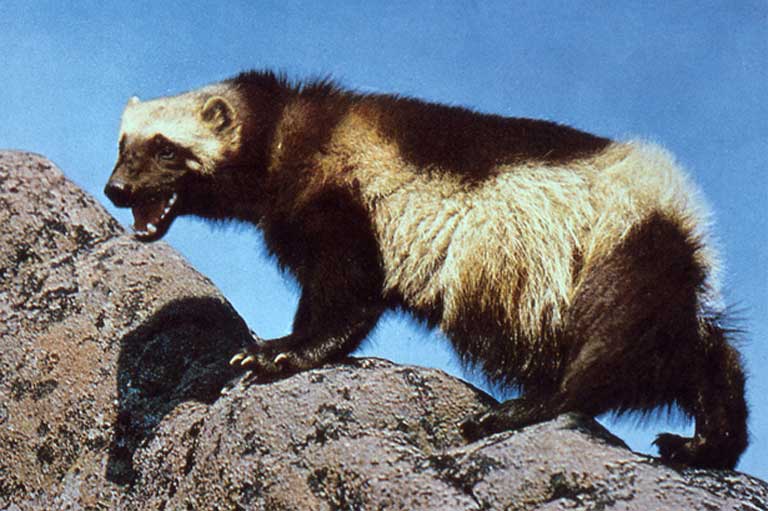
The Cascades are a very different animal. They’re rugged and really dangerous, in terms of avalanches. With very few roads or trails, you can’t even get a snowmobile into most of these places. Some hardcore backcountry skiers can get in, but your average biologist isn’t going there. Not in the winter.

So, we started evaluating whether we could survey in the summer. But summer is when animals are less likely to respond to baits and scents, and bears often destroy the setup. We set up to 80 camera traps over the course of three summers, from 2013 through 2015, and had only four wolverine detections. And we were surveying in places where we knew there were wolverines based on a recent ten-year study by US Forest Service biologists who tracked them with satellite-telemetry collars. After those [disappointing] results, we weren’t sure where we were going to go.
I brainstormed with my colleagues: my wife and research partner, Paula MacKay, and Idaho Fish and Game wildlife biologist, Joel Sauder. We needed a way to extend the scent lure and bait over the winter. We needed something we could put out before it snowed, and pick up after snowmelt. Joel and I came up with a device design we thought would work. Through connections with people at the zoo, we teamed up with a Microsoft engineer, Mike Sinclair, who developed a low-power circuit board and code that became the brains of the device that we ultimately built. The low-maintenance scent dispenser works in sub-freezing temperatures, and was tested by our grizzly bears at the zoo.
Late last summer, we set out 24 of the new dispensers in the North Cascades. This September, we collected those devices and were really happy to see wolverine detections on more than half of them.
Mongabay: Why are noninvasive survey techniques important to you?
Robert Long: I ended up pursuing these techniques, and ultimately co-writing a book on the topic with Paula and other colleagues, because of how successful they can be. These days, technology, genetics, digital cameras and detection dogs, are all becoming advanced enough that they offer really effective ways to collect data — often on more individuals than you can with live-animal capture.
For instance, the scent dispenser allows us to reduce what we call the “latency to detection.” Every time you go into a camera site, there are certain species that will stay away for a period of time, until the human footprint or scent is gone. So the fewer times we have to go into a camera station, the more effective we are at getting some of these rarer species detections.

Capture programs also take a lot of time, effort, energy and money. And there are other concerns. We’re learning more and more about the effects of capture on animals, including capture myopathy [in which the stress of handling can cause muscle damage and even systemic shock].
There’s definitely still a place for capture studies, like the Forest Service’s ten-year wolverine study with telemetry collars. Those biologists got information that wouldn’t have been possible otherwise.
Mongabay: Now what?
Robert Long: We’re still looking at data from the new dispensers. We also have a second [version] dispenser. Once we’re confident that we can detect where wolverines are — and are not — then we’ll expand our surveys. We’re exploring the idea of a 10-year plan for the Cascades.
Next month we’ll set out the next round of lure-and-camera devices, about 25 more in our study. There’s also a new four-state initiative to survey wolverines, which officially started last December when stations were put out in Wyoming. But, the bulk of the survey begins on this December 1st, when stations in all four states — Wyoming, Montana, Idaho and Washington — will be deployed. We’ll use up to 40 of the new devices in some of the harder-to-get-to places.
But it isn’t just about the dispenser. We’re also changing camera trap protocols by rotating the cameras vertically and putting the cameras about 12 feet off the ground — by the time winter comes, the snowpack is so high that you can see snowshoe hares hopping around in front of the camera!
With these changes, we’re also getting a lot of marten detections, too. So these methods show a lot of promise for learning more about other species, like lynx, fishers and martens that also live in hard-to access places.
For more on the topic:
Youtube video of wolverine camera and hair trap:
Aubry, KB, Rohrer J, Raley C, and Fitkin S.. Wolverine Distribution and Ecology in the North Cascades Ecosystem Final Progress Report (February 9, 2016)
Long, RA, MacKay P, Zielinski WJ, and Ray JC, editors. Noninvasive survey methods for carnivores. Island Press, 2008, Washington, DC, USA.




